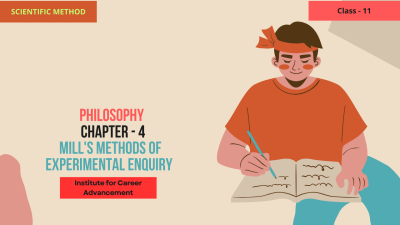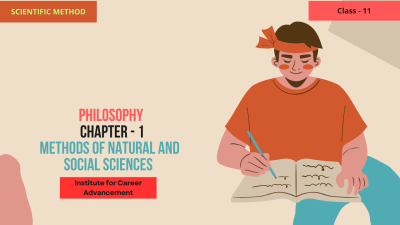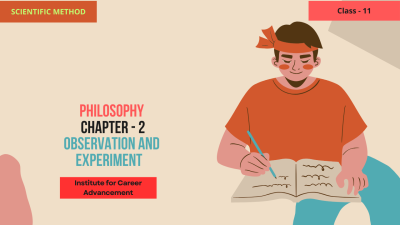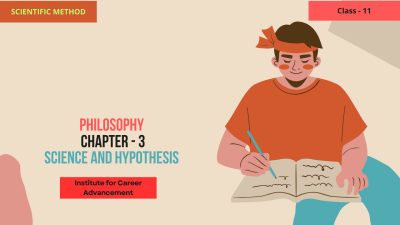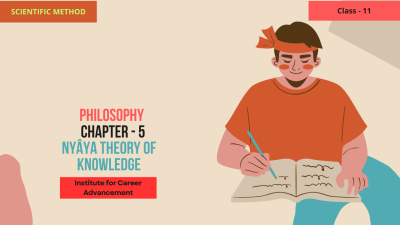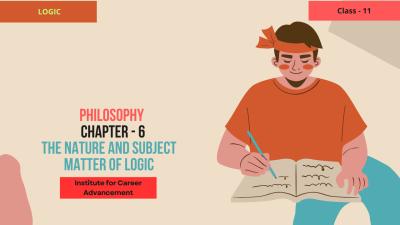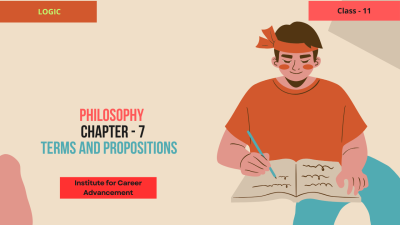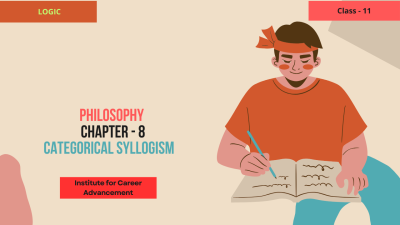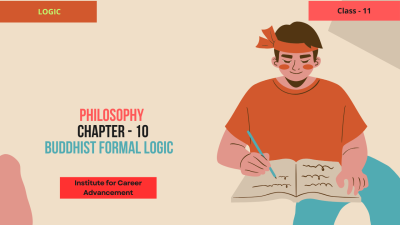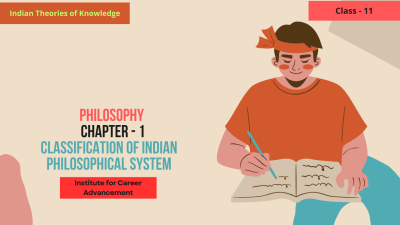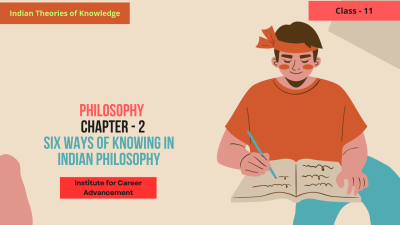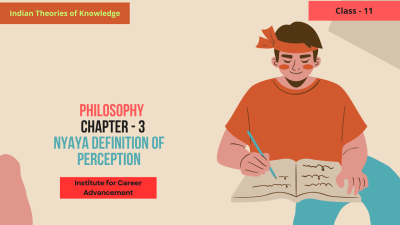Mill's Methods of Experimental Enquiry - Class 11
Mill's Methods of Experimental Enquiry for Class 11 focus on the principles developed by philosopher John Stuart Mill to identify causal relationships through systematic observation and experimentation. These methods help determine cause-and-effect relationships by analyzing patterns in experimental data. Key Methods: Method of Agreement: If two or more instances of a phenomenon share a common factor, that factor is likely the cause of the effect. Method of Difference: If a phenomenon occurs in one case but not in another, the factor that is present in the first case but absent in the second is likely the cause of the observed effect. Joint Method of Agreement and Difference: Combines the first two methods to strengthen the argument for causal inference by examining both the presence and absence of common factors. Method of Residues: After accounting for known causes of an effect, the remaining unexplained effect is likely due to a new or residual cause. Method of Concomitant Variation: If two variables vary together in a consistent manner, one may be causing the other. These methods provide students with a structured approach to reasoning through scientific observations and experiments, allowing them to deduce causal relationships and improve experimental inquiry. মিল 'স মেথডস অফ এক্সপেরিমেন্টাল এনকোয়ারি ফর ক্লাস 11 দার্শনিক জন স্টুয়ার্ট মিল দ্বারা বিকশিত নীতিগুলির উপর দৃষ্টি নিবদ্ধ করে পদ্ধতিগত পর্যবেক্ষণ এবং পরীক্ষার মাধ্যমে কার্যকারণ সম্পর্ক সনাক্ত করতে। এই পদ্ধতিগুলি পরীক্ষামূলক তথ্যের নিদর্শনগুলি বিশ্লেষণ করে কারণ এবং প্রভাবের সম্পর্ক নির্ধারণ করতে সহায়তা করে। মূল পদ্ধতিঃ চুক্তির পদ্ধতিঃ যদি কোনও ঘটনার দুই বা ততোধিক উদাহরণ একটি সাধারণ ফ্যাক্টর ভাগ করে নেয়, তবে সেই ফ্যাক্টরটি সম্ভবত প্রভাবের কারণ। পার্থক্যের পদ্ধতিঃ যদি একটি ঘটনা এক ক্ষেত্রে ঘটে কিন্তু অন্য ক্ষেত্রে না ঘটে, তবে প্রথম ক্ষেত্রে উপস্থিত কিন্তু দ্বিতীয় ক্ষেত্রে অনুপস্থিত ফ্যাক্টরটি সম্ভবত পর্যবেক্ষিত প্রভাবের কারণ। চুক্তি এবং পার্থক্যের যৌথ পদ্ধতিঃ সাধারণ কারণগুলির উপস্থিতি এবং অনুপস্থিতি উভয়ই পরীক্ষা করে কার্যকারণ অনুমানের জন্য যুক্তি জোরদার করার জন্য প্রথম দুটি পদ্ধতির সংমিশ্রণ। অবশিষ্টাংশের পদ্ধতিঃ কোনও প্রভাবের জ্ঞাত কারণগুলি হিসাব করার পরে, অবশিষ্ট অব্যক্ত প্রভাব সম্ভবত কোনও নতুন বা অবশিষ্ট কারণের কারণে হয়। সঙ্গতিপূর্ণ পরিবর্তনের পদ্ধতিঃ যদি দুটি চলক সামঞ্জস্যপূর্ণভাবে একসাথে পরিবর্তিত হয়, তবে একটি অন্যটির কারণ হতে পারে। এই পদ্ধতিগুলি শিক্ষার্থীদের বৈজ্ঞানিক পর্যবেক্ষণ এবং পরীক্ষার মাধ্যমে যুক্তির জন্য একটি কাঠামোগত পদ্ধতি প্রদান করে, যা তাদের কার্যকারণ সম্পর্ক অনুমান করতে এবং পরীক্ষামূলক অনুসন্ধানের উন্নতি করতে দেয়।
English
Last updated
Sun, 15-Dec-2024

